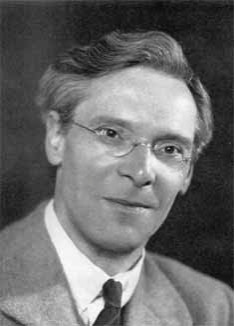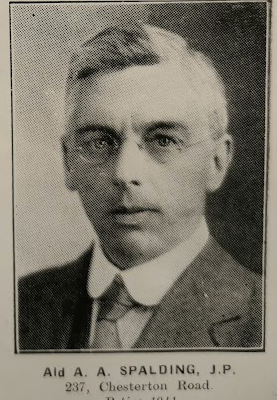Search by topic
- archaeology
- Building of Local Interest
- charity
- church
- crime
- dressmaker
- fire
- Great Eastern Railway
- Listed building
- Mapping Relief
- medieval
- oral history
- poverty
- Public House
- Rattee & Kett
- Religious House
- Roman
- scholar
- school
- Then and Now
- tudor
- women
- work
- world war one
- world war two
Search by text
 The Saluda catastrophe, 1852
The Saluda catastrophe, 1852(216) Victoria Road, Manor Cottage
History of (216) Victoria Road
The approximate location can be determined by the Horse and Gate Pub next door.
1851
John Bailey, 58, college servant, b Norfolk
Lois, 57, b Suffolk
Lois Lock Bailey, 34, dressmaker, b Norfolk
Mary Ann, 31, dressmaker, b Cambridge
Esther, 22, b Cambridge
Lucas, 14, 14, college servant, b Cambridge
James Sharp, 19, general servant, b Essex
Romilly in his diary entry 9th May 1852 notes:
Lucy went to Bene’t Church at 3 and had the misfortune to hear Dalton preach a long insufferable sermon from ‘Love not the world’. As she was going to church she met Esther Bailey (who had formerly been a pupil of hers) and who had been weak enough to follow the example of her family in going over to the Mormonites: – Lucy made a most animated attack upon the immorality and the blasphemy of their doctrines: to which Esther answered quite coolly that they had never been proved wrong!!
Romilly’s editor notes: Two local Mormons, noting that ‘Cambridge is a seat for much learning, but alas, she is blind’, asked for missionary help in 1848. It came in the shape of Elder Flanagan from America, who found her ‘one of the strong priest-manufacturing holds of Satan’s empire’. The ecclesiastical census of Sunday 30th March 1851 listed 222 places of worship for Mormons in England and Wales. One was in Cambridge where there were 150 sittings and that morning 38 people had attended worship. Any admiration that may have been felt for the energy of the Mormons was quite lost by their espousal of polygamy.
Cambridge Chronicle 15/5/1852: DEATHS –
April 9, at Lexington, on the Missouri, U.S. from the explosion of the “Saluda” steamer, on their way to the Mormon Settlement, deeply lamented by their parents, relations, and friends, the Misses Lois and Marianne Bailey; also Miss Johanna Whitaker, all of Cambridge.
Editorial: Shocking and Fatal Accident to Mormon Emigrants – we mentioned last week that a melancholy accident had occurred by the explosion of the Saluda steamer, at Lexington, on its way up the Missouri, U.S. with a large number of passenger, principally Mormon emigrants from England. We regret to have to announce that there were on board three young ladies from Cambridge, viz, the Misses Lois and Marianne Bailey, and Miss Johann Whitaker. It appears that between 95 and 100 individuals perished and the above were among the number. On the same day about 25 bodies were picked up and buried, those of the two first mentioned being identified as two of them: the remains of Miss Whitaker had not been identified when the last accounts left. It seems the steamer started on her way on the day previous to the explosion; but the water being too rough, they were compelled to put back, and started a second time about half past seven o’clock on the morning of the catastrophe. At the second revolution of the paddles, both boilers exploded, and all the unfortunate creatures on board perished, except two subordinate officers of the vessel. It is to be hoped that this melancholy accident will act as a salutary caution to those misguided individuals who contemplate a pilgrimage to that supposed earthly paradise, the Salt Lake city, and save them from a step which cannot but end in their irretrievable ruin, females more especially.
See also 55 Bradmore Street
Contribute
Do you have any information about the people or places in this article? If so, then please let us know using the Contact page or by emailing capturingcambridge@
License
This work is licensed under CC BY-NC-SA 4.0












